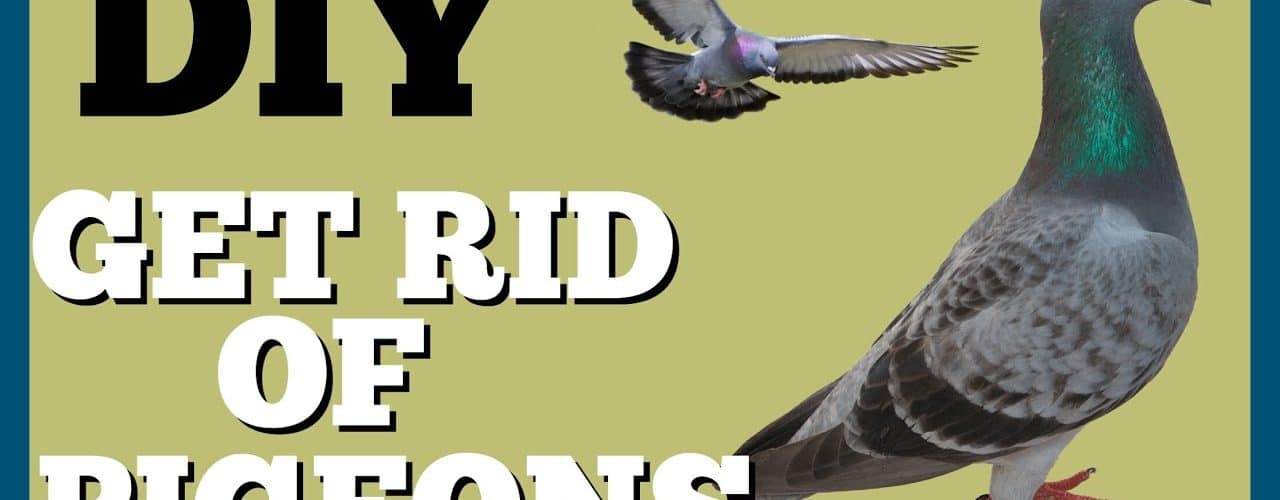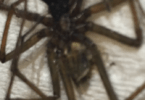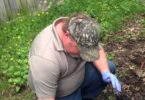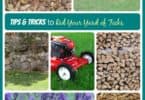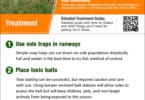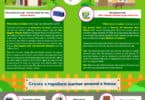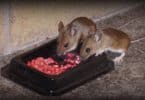There is no denying that pigeons are found all over the world, but are more prominently found in most all large cities and metropolitan areas, especially throughout the United States and Canada. Roosting on every building, and nesting in every crack and crevice, they can be seen perched on rooftops and ledges or gathered in flocks of twenty to thirty birds feeding in parks and throughout the streets.
Gathering in such great numbers, pigeons can cause a great deal of havoc to our buildings, bridges, monuments and even waterways. Producing such a large amount feces, that it eventually becomes a health risk. In groups, pigeons can easily accumulate large amounts of droppings anywhere they land or roost, including buildings, statues, ledges and cars. In turn, this mass accumulation of droppings can destroy these objects, causing cars to rust, buildings to slowly degenerate, and cause problems with the upkeep of buildings as well. Another big problem with pigeons and the amount of feces they create, is a big health concern. Pigeon droppings can transmit parasites and diseases such as salmonella,ornithosis, encephalitis, cryptococcosis, and toxoplasmosis Newcastle disease to both livestock and people, not to mention that accumulated droppings on buildings and structures can also harbor parasites and diseases and when it rains, the feces can be washed into local waterways canals and lakes, infecting anything that lives in these waters affecting major fish markets, and boating companies. The infected fish may die, wash onshore and be eaten by other predators which then infects those animals and so on. The feces that gathers in the waterways, if not properly treated could spread into our drinking supply, bath water and other sources, passing on the parasites and diseases directly to us. So as you can imagine, the control and containment of pigeon population is very important to eliminate such health risks and to maintain a healthy ecosystem. In better news, there are many companies that manufacture items and deterrents for pigeon control along with a number of different actions you can take to help control these birds.
As the presence of pigeons and their possible impact on society becomes more prominent, so does the production of many different pigeon traps, deterrents, and pigeon guards available on the market. While using these methods may not completely eliminate the whole pigeon population in a certain area, it will most certainly drastically decrease their presence.
Its not very feasible to “live trap” pigeons due to there excellent homing instinct, even when taken 16,000 miles away, some pigeons have managed to track their way back to the place they were taken from.
Getting rid of them or deterring them and the methods you would use to do so, depends on where they’re roosting or nesting, how many you could be dealing with and if there is a presence of nests or even babies.
Pigeon Wire, which is laid over rain gutters, can be used to control perching pigeons from landing on or even nesting in your rain gutters. A similar method is used by mounting electrically charged wires around ledges, chimneys and other areas where perching and roosting may occur. There are other options such as pigeon spikes which can be laid anywhere a pigeon would land making it hard for it to land or making them not want to land at all. More costly deterrents such as Air Treatment Systems commonly referred to as “misting” involve a roof mounted system that detects when a landing bird is approaching and releases a non toxic but harsh smelling mist that when in contact with the bird, irritates its eyes, mucous membrane and trigeminal nerve causing the bird to avoid that area and keep on moving.
For those who have successfully ridden their area of these pesky pigeons but are left with loads of droppings accumulated from months or even years of inhabitance, there is a wide range of cleaning supplies manufactured to remove and clean areas affected by pigeon droppings. Waste digester’s are used to dissolve and remove caked on droppings using biochemical, live enzymes that eat away and break down the components of the droppings making it easier to wash or wipe away encrusted surfaces. A disinfectant can also be used afterwards to clean and disinfect these surfaces affective against over 108 diseases, virus’s and bacteria and safe to be used on surfaces that may come in contact with food.
With all of the materials and methods available for successful pigeon deterrence, and when done correctly and on time, these methods can successfully control nuisance and bothersome pigeons.

